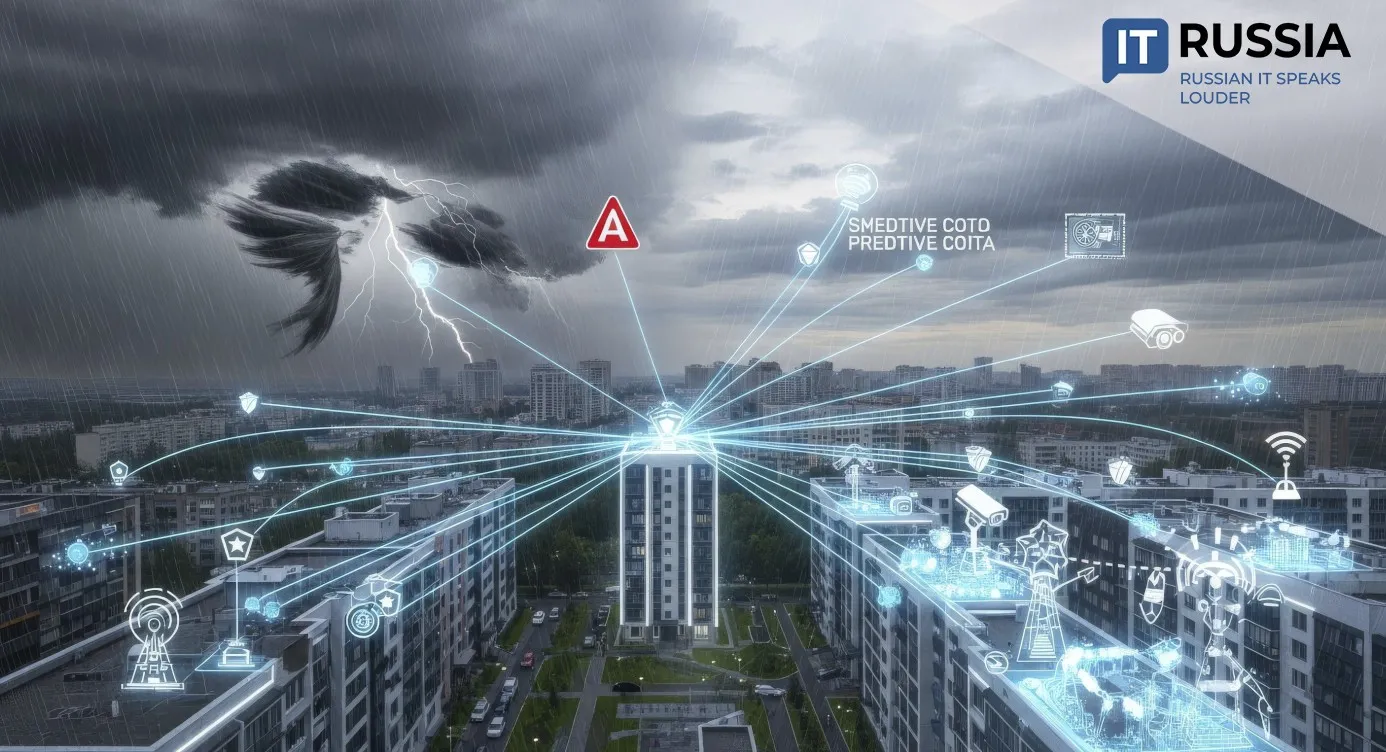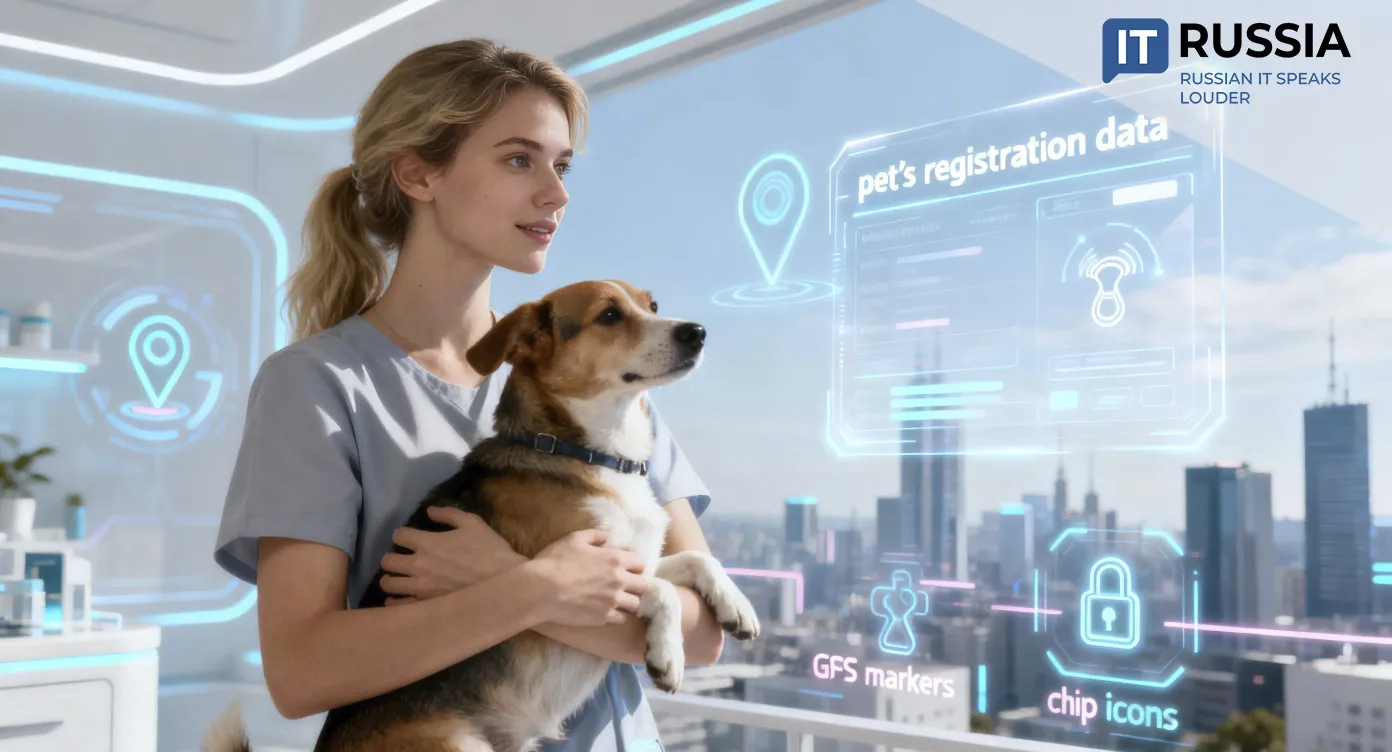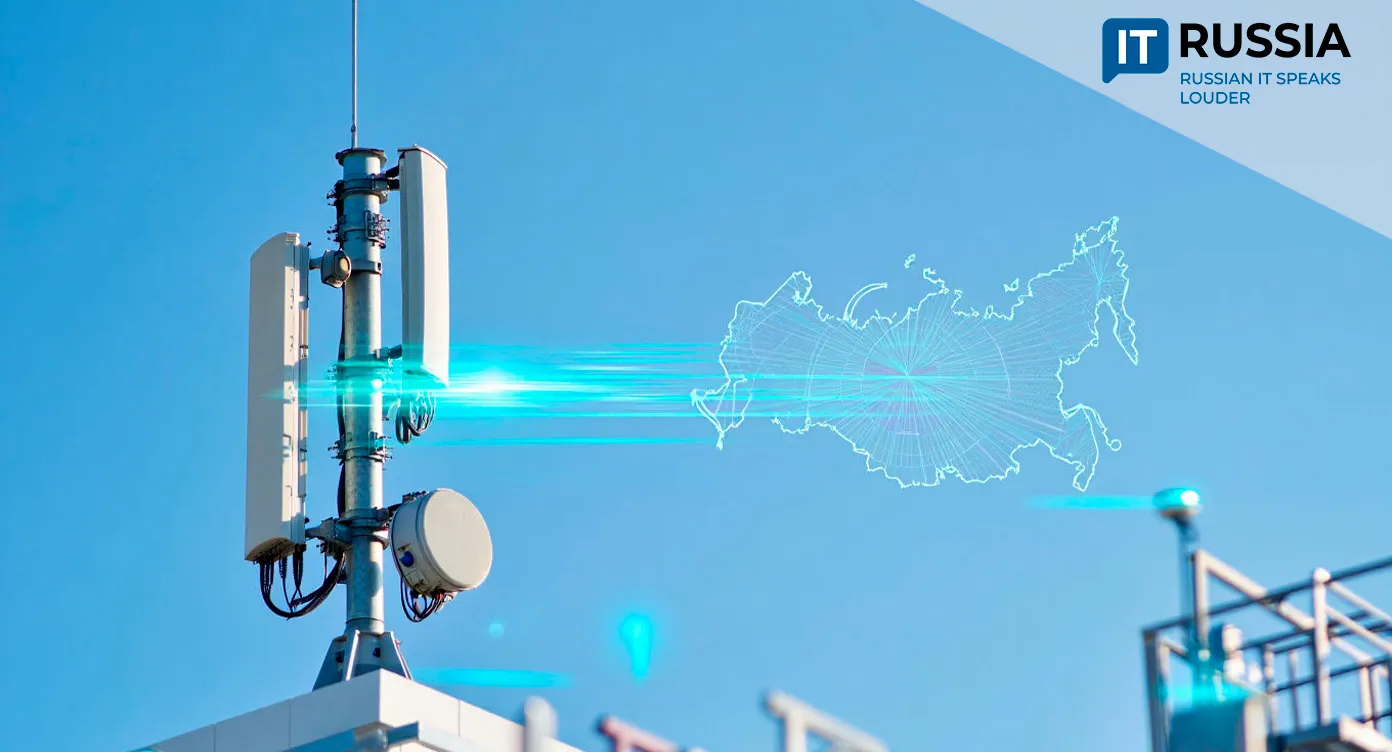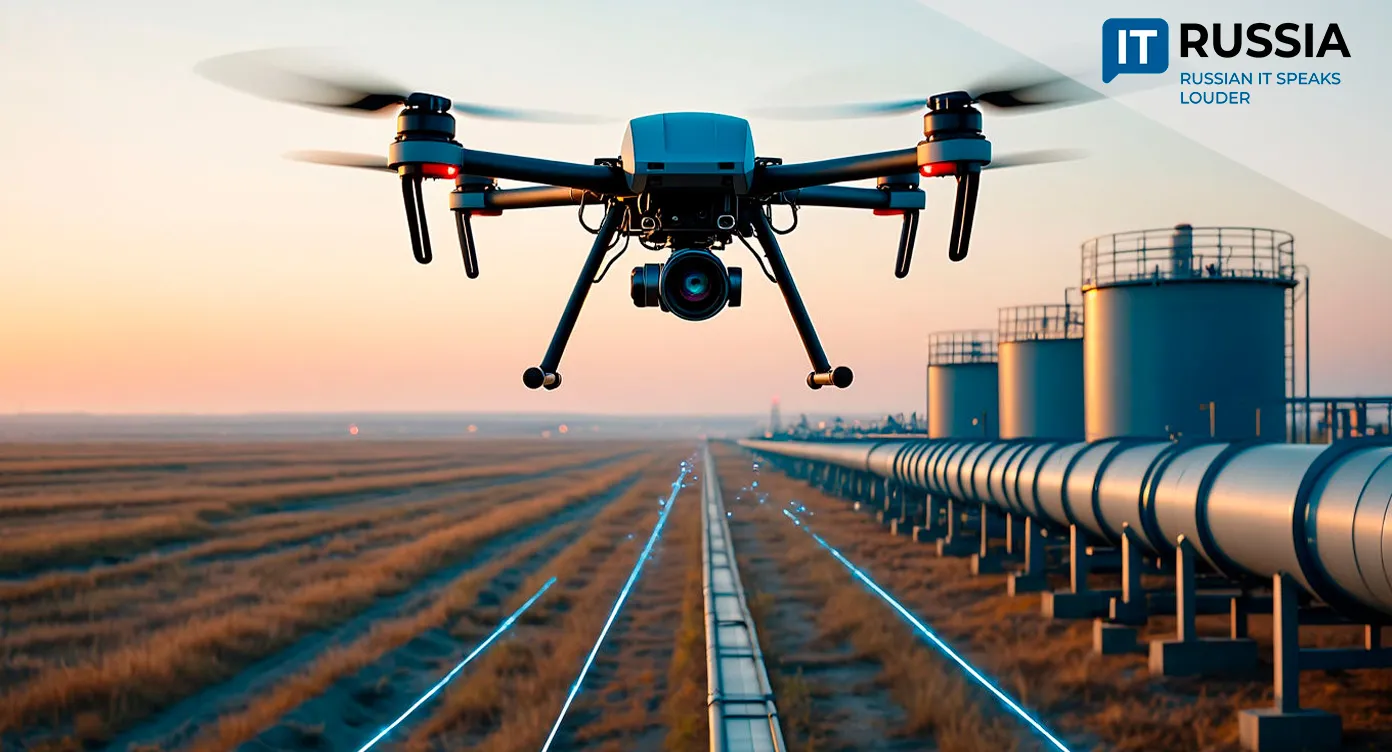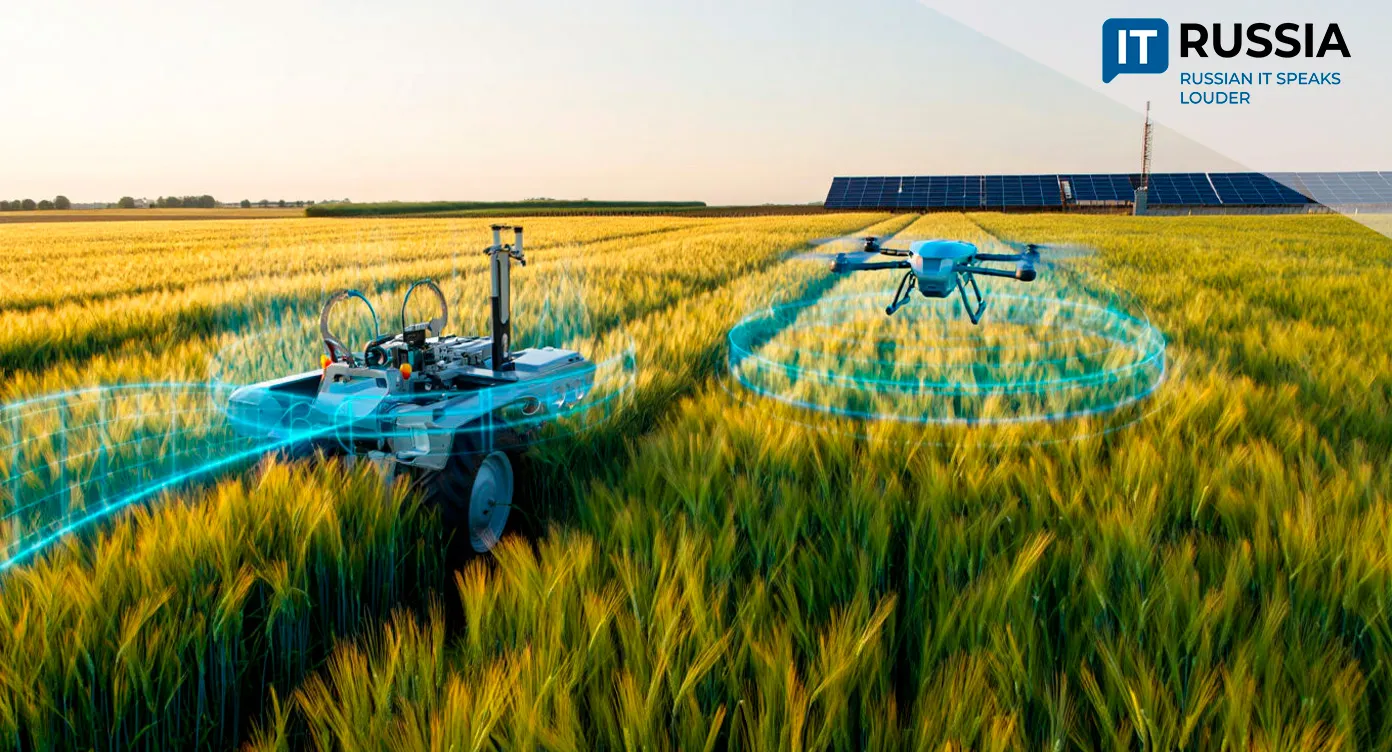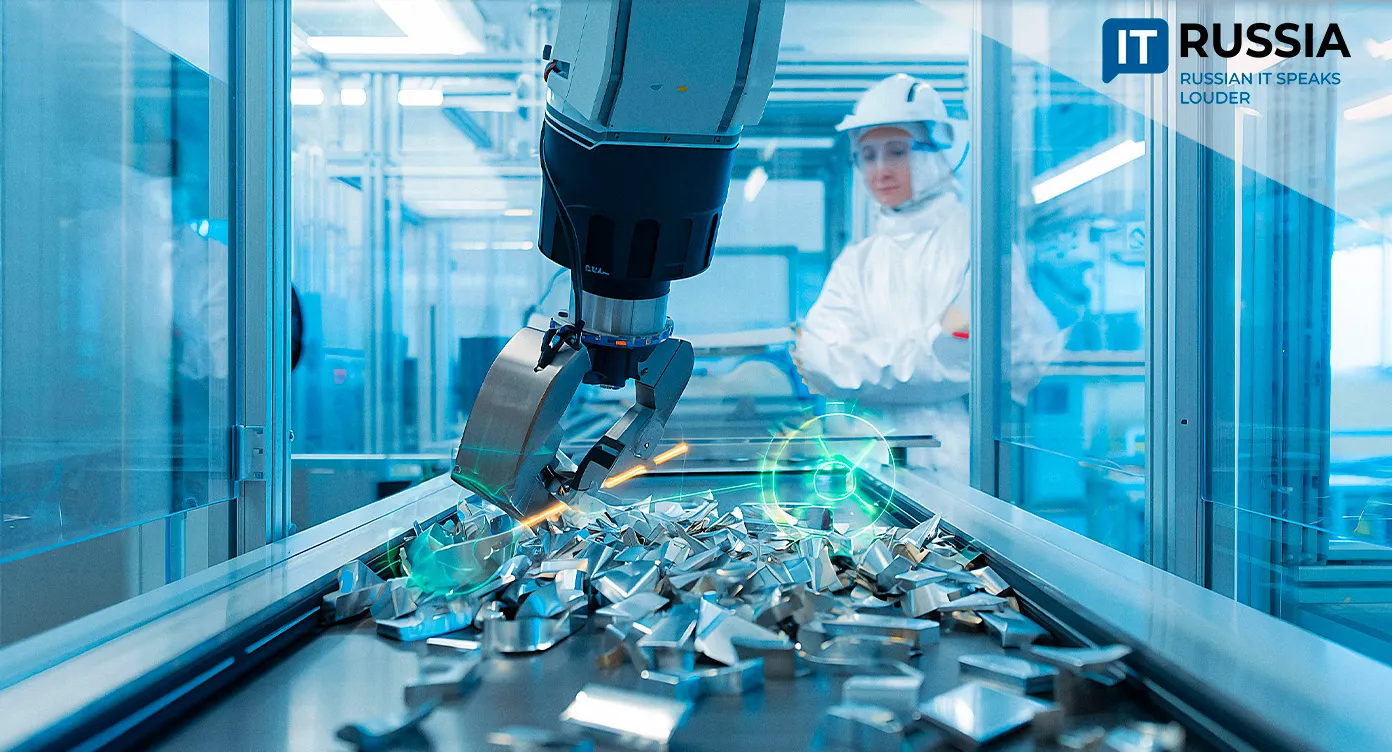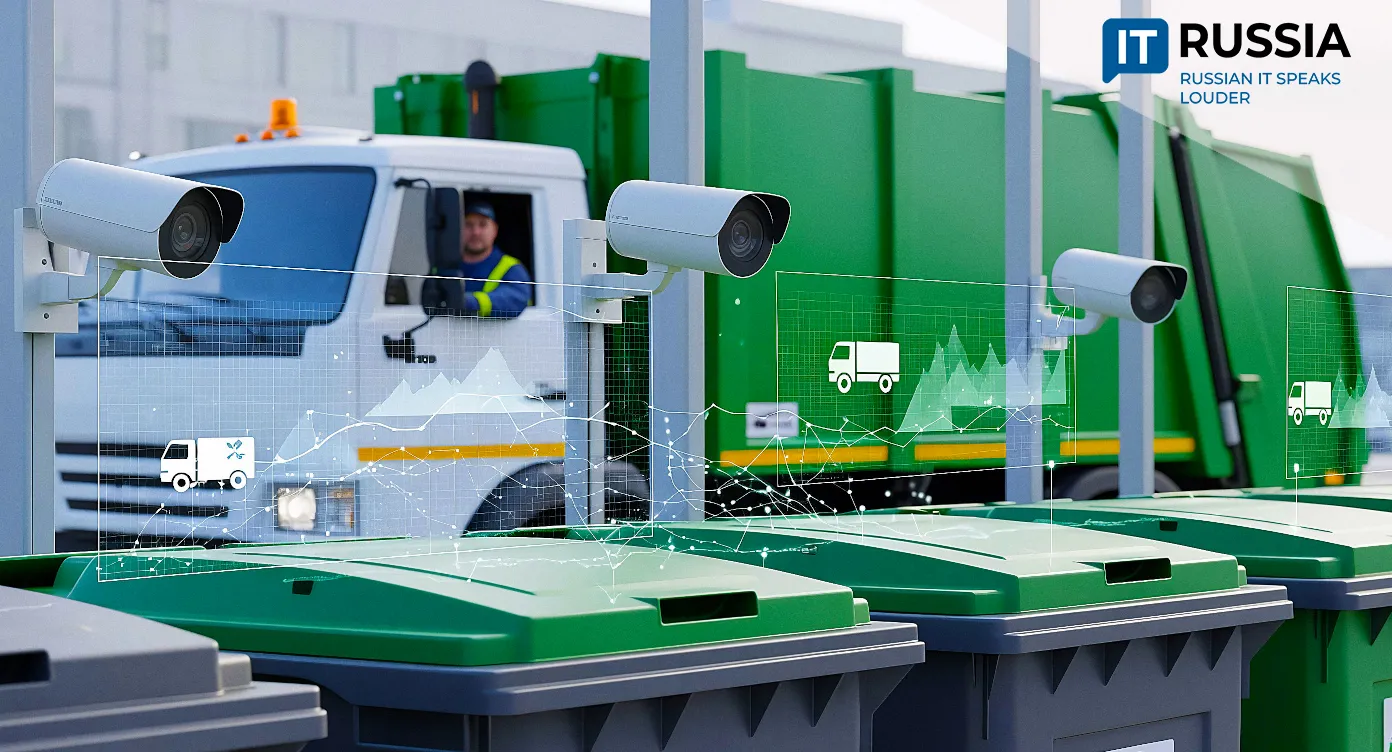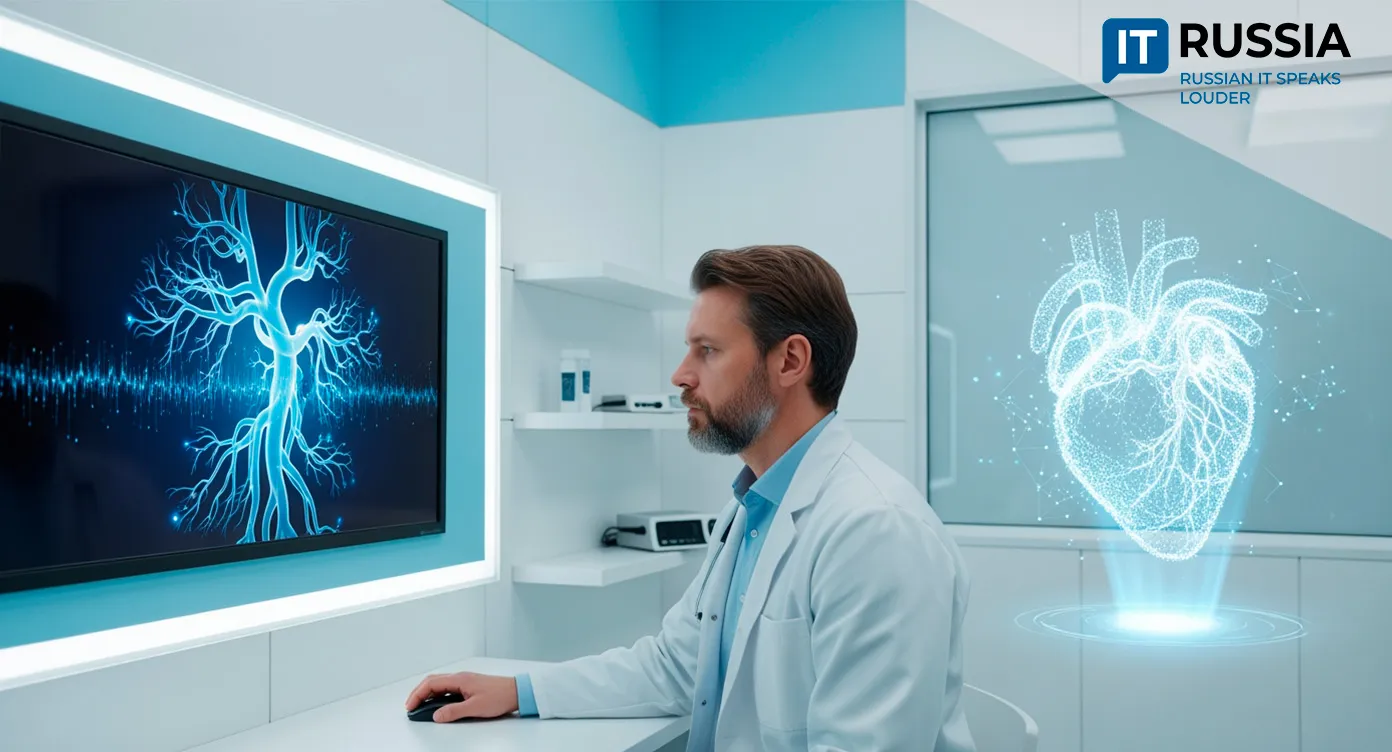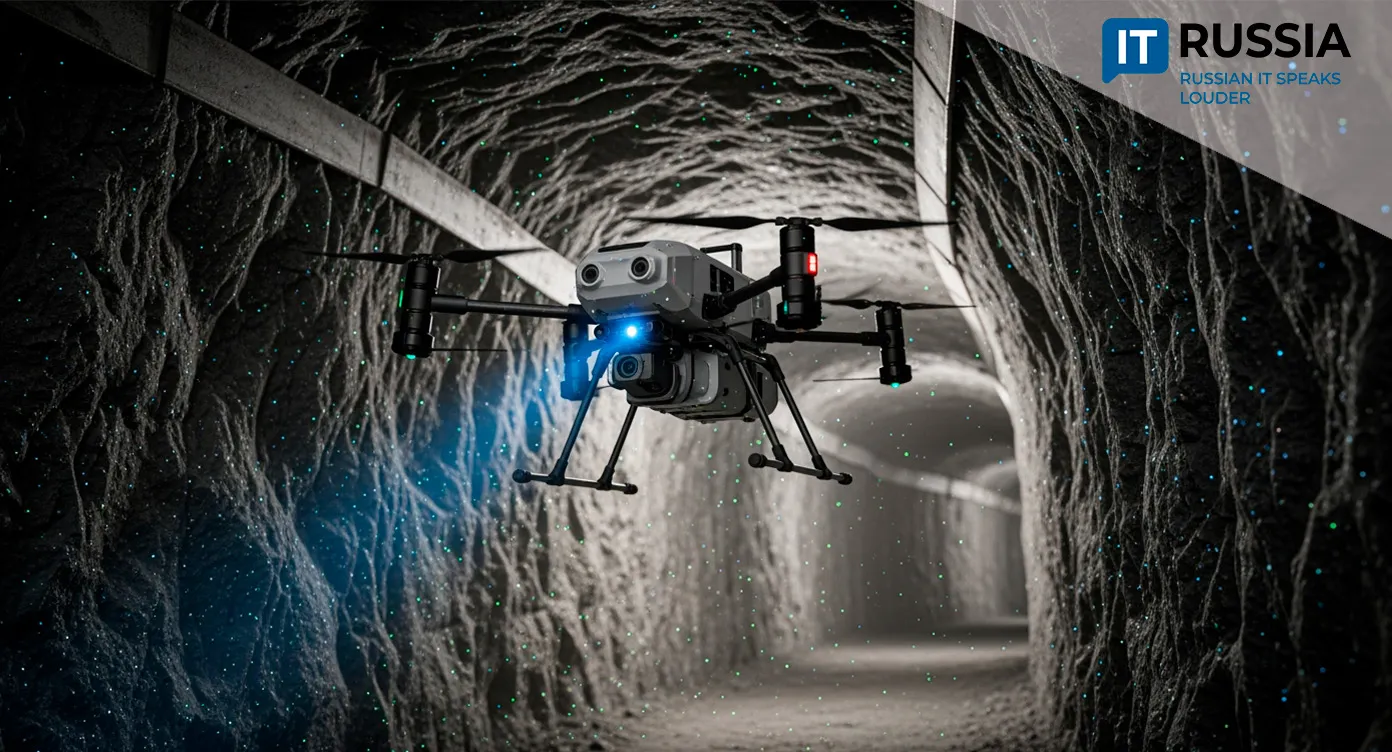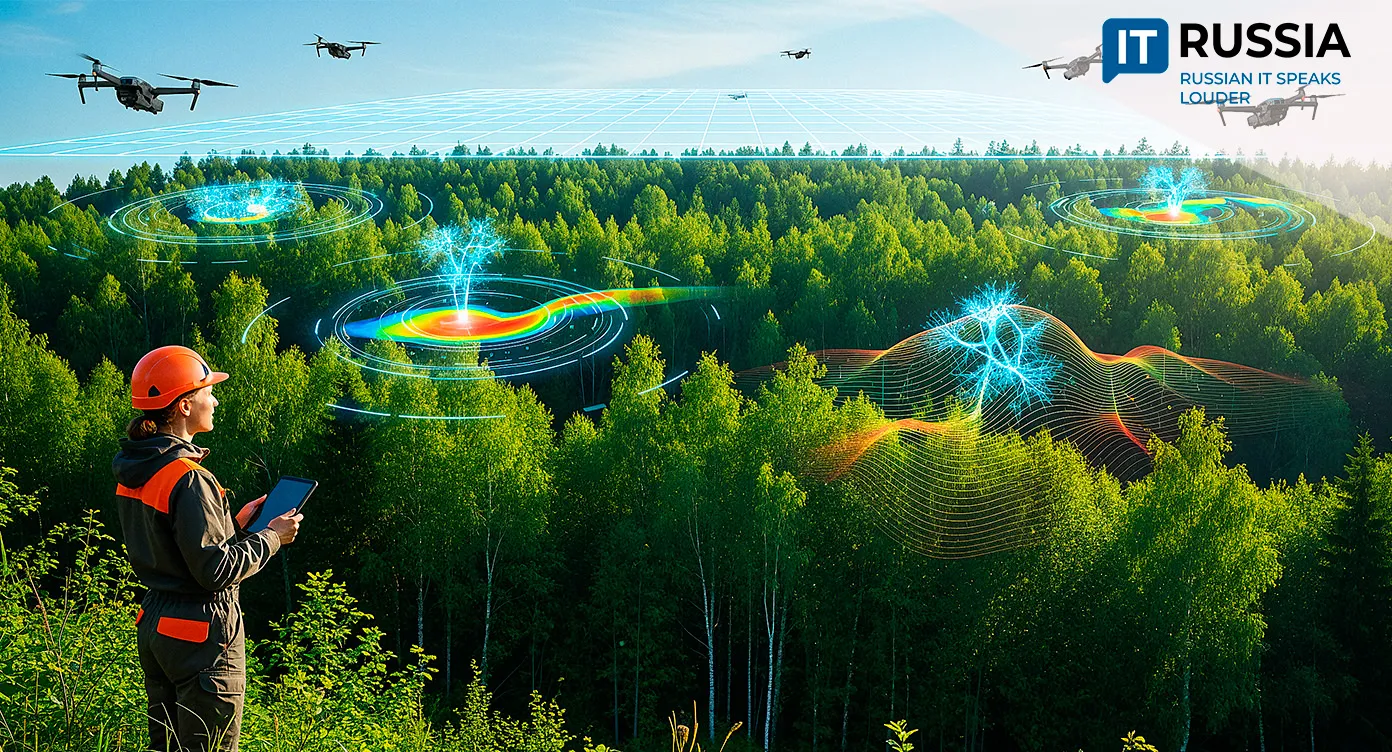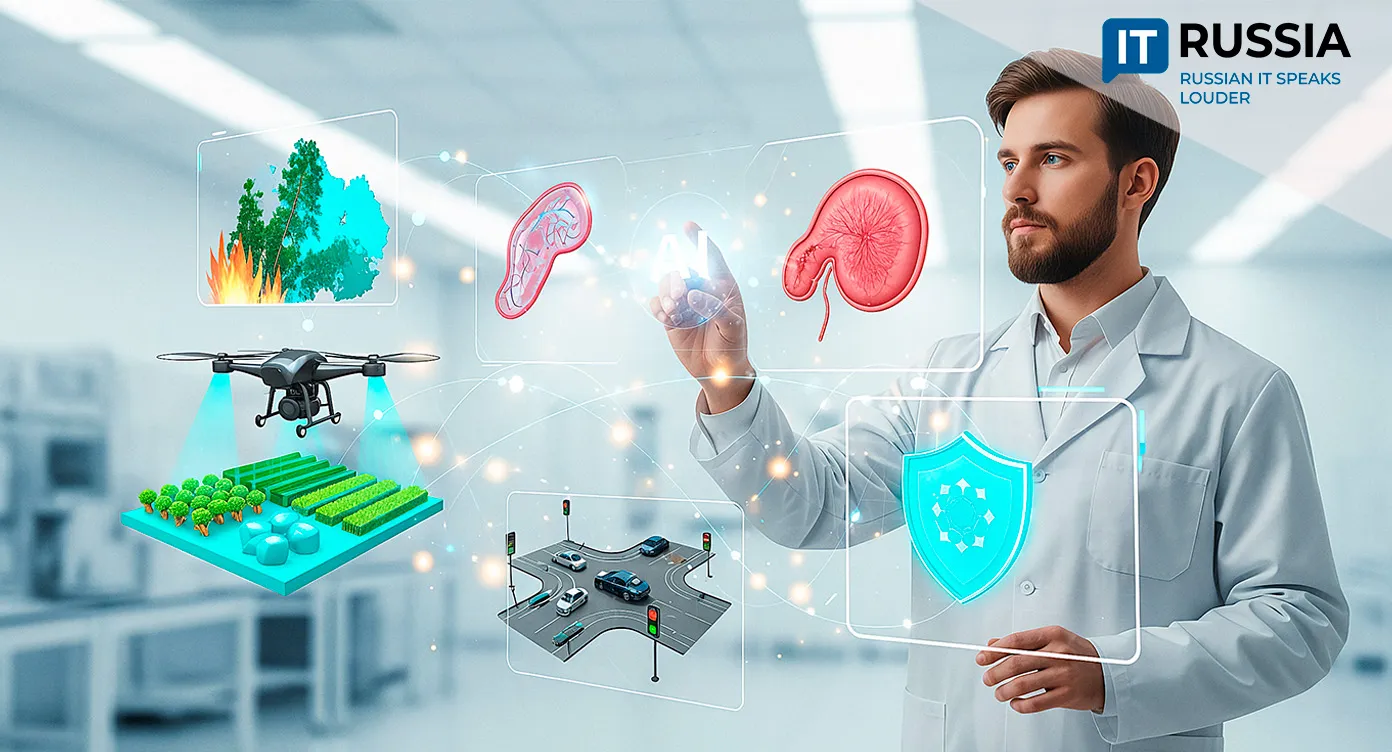Digital Oversight for E-Scooters
Authorities in Nizhny Novgorod have launched Russia’s first AI-driven traffic monitoring system for e-scooter riders. Cameras with built-in neural networks automatically detect violations at one of the city’s busiest intersections—marking a major step in digital urban mobility management.
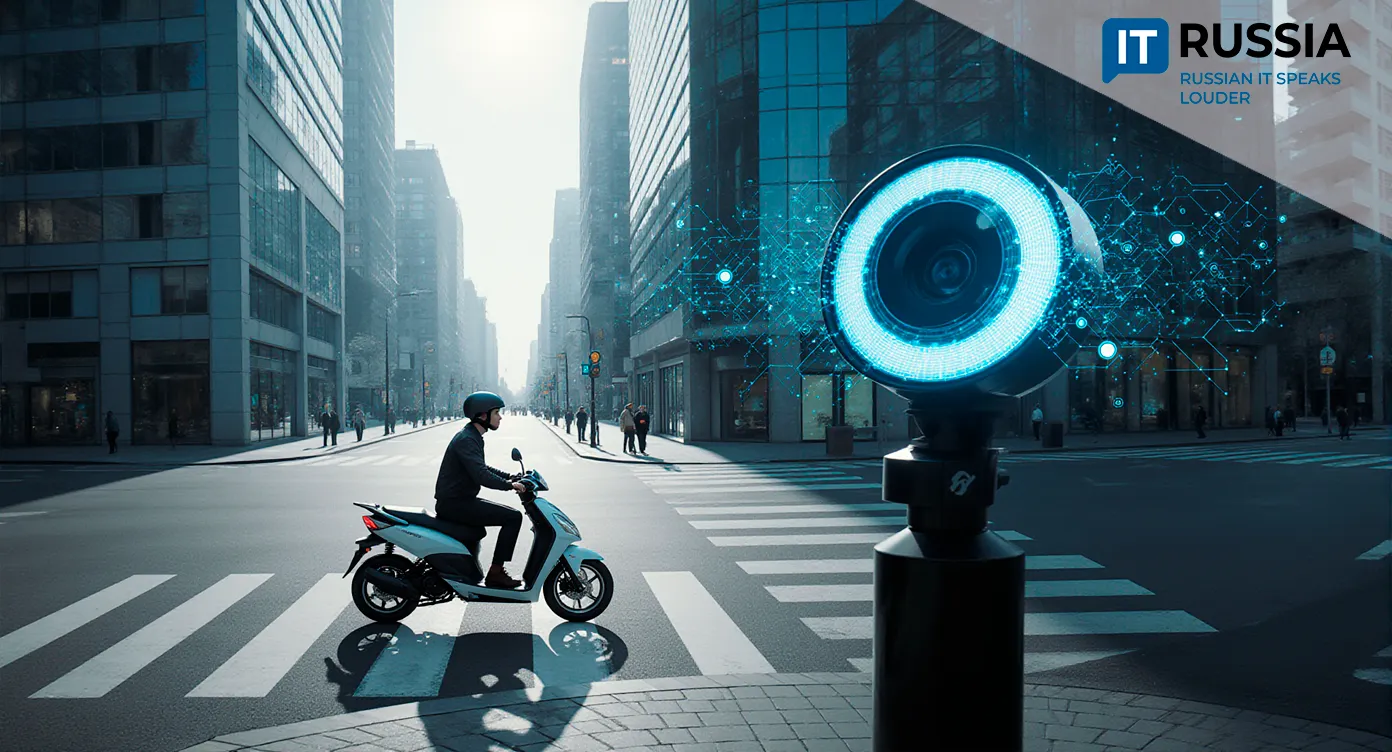
AI Guardian at the Crossroads
At the intersection of Minin and Nesterov Streets in Nizhny Novgorod, Russia’s first artificial-intelligence-enabled traffic camera is now operational. The Argentum system, developed by Fraktal and already well known for its vehicle-traffic monitoring capabilities, has been upgraded to track violations by riders of personal mobility devices (PMDs) such as e-scooters.
The neural network detects three common offenses: carrying more than one rider per scooter, failing to dismount at crosswalks, and entering restricted areas—including the city’s historic Kremlin and Bolshaya Pokrovskaya Street. Deputy Governor Yegor Polyakov emphasized that the region is the first in Russia to introduce such technology.
The project’s significance extends beyond a single intersection. As the number of e-scooter trips in Russia has surged from 8 million in 2020 to 281.6 million in 2024, and the total kick-sharing market has reached 31.2 billion rubles (about $374 million), automated monitoring has become a critical tool for ensuring safety in increasingly complex urban traffic environments.
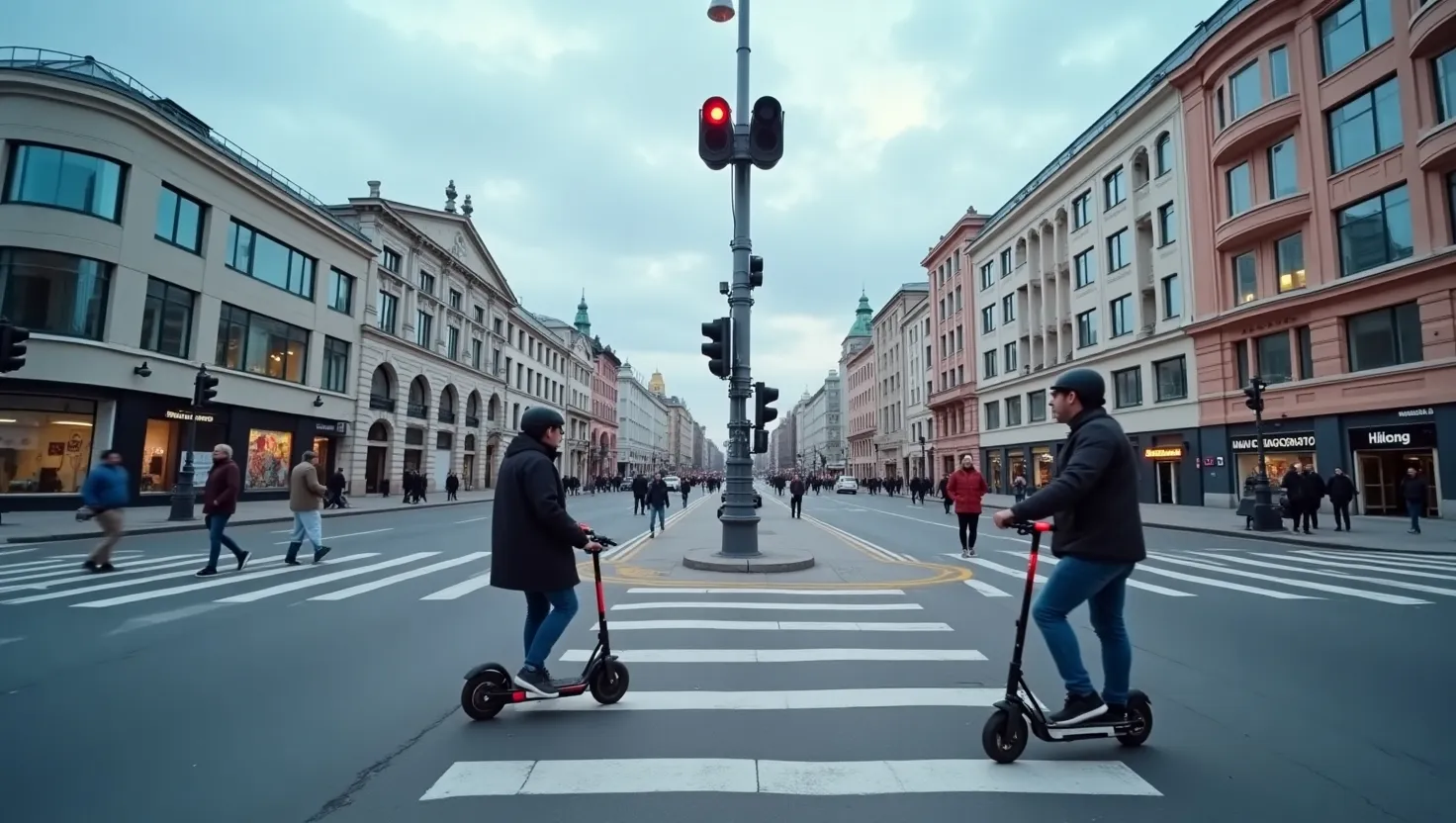
Scaling the Technology
The Nizhny Novgorod pilot fits into a nationwide push to strengthen micromobility regulation. Beginning in 2025, Moscow will require e-scooter users to verify their identity through the mos.ru digital portal—a system that blocks minors and allows authorities to quickly identify violators. After five rides without account verification, access to rentals will automatically be suspended.
While the export potential of the Nizhny Novgorod system remains limited, it could find use in CIS countries and other partner nations. Russia’s model of strict control and user identification in kick-sharing may appeal to jurisdictions seeking to replicate its structured, safety-first approach to urban mobility management.
From Chaos to Order
Russia’s kick-sharing market has evolved from unregulated beginnings to a tightly managed industry in just seven years. The first services appeared in Moscow in 2018: Delisamokat operated with docking stations, while YouDrive lite introduced dockless rentals. By 2022, the market had grown to 13.3 billion rubles (about $159 million) with 15.5 million users and 103.5 million rides.
A turning point came in 2023 when new national rules for PMDs took effect. The regulations set clear limits: operation restricted to bike lanes and sidewalks, a maximum speed of 25 km/h (15 mph), and mandatory dismounting at crossings. That same year, Moscow began testing AI-powered cameras to detect scooter violations.
Video analytics technology advanced in parallel. Modern systems can now recognize up to 51 types of traffic violations through neural-network algorithms. Similar micromobility control systems are already being deployed across Europe; for instance, Latvia’s Bolt introduced multi-stage age verification and onboard sensors to detect tandem riding.

Public oversight mechanisms are also expanding. In 2024, Russia launched a national Telegram bot called “Scooters: Public Control,” through which citizens can report violations. In just a few months, over 1,500 reports were filed—most involving improper parking and multiple riders on a single scooter.
Smart-City Future
The Nizhny Novgorod pilot signals a new stage in urban mobility management—where artificial intelligence becomes a key enforcement instrument. In the near term, similar systems are expected to expand to major transport hubs, accompanied by regional legislation authorizing automatic fines for PMD violations.
By late 2025, local authorities plan to finalize the legal framework for issuing such fines. The Argentum technology has already proven effective in vehicle monitoring: within one month, a single camera on Novikov-Priboy Street detected violations totaling 21 million rubles (about $251,000).
Mid-term goals include scaling the system to other major cities and integrating AI modules with existing traffic-camera networks. The Russian kick-sharing market continues to grow, projected to reach 500 million rides and 53.6 billion rubles (about $642 million) in revenue by 2027.
For citizens, intelligent control systems promise safer sidewalks and crosswalks. For city authorities, they offer efficient micromobility management without expanding enforcement staff. And for the tech industry, Nizhny Novgorod’s initiative opens a new market for AI-driven smart-city solutions, where video analytics becomes a cornerstone of urban digital transformation.



